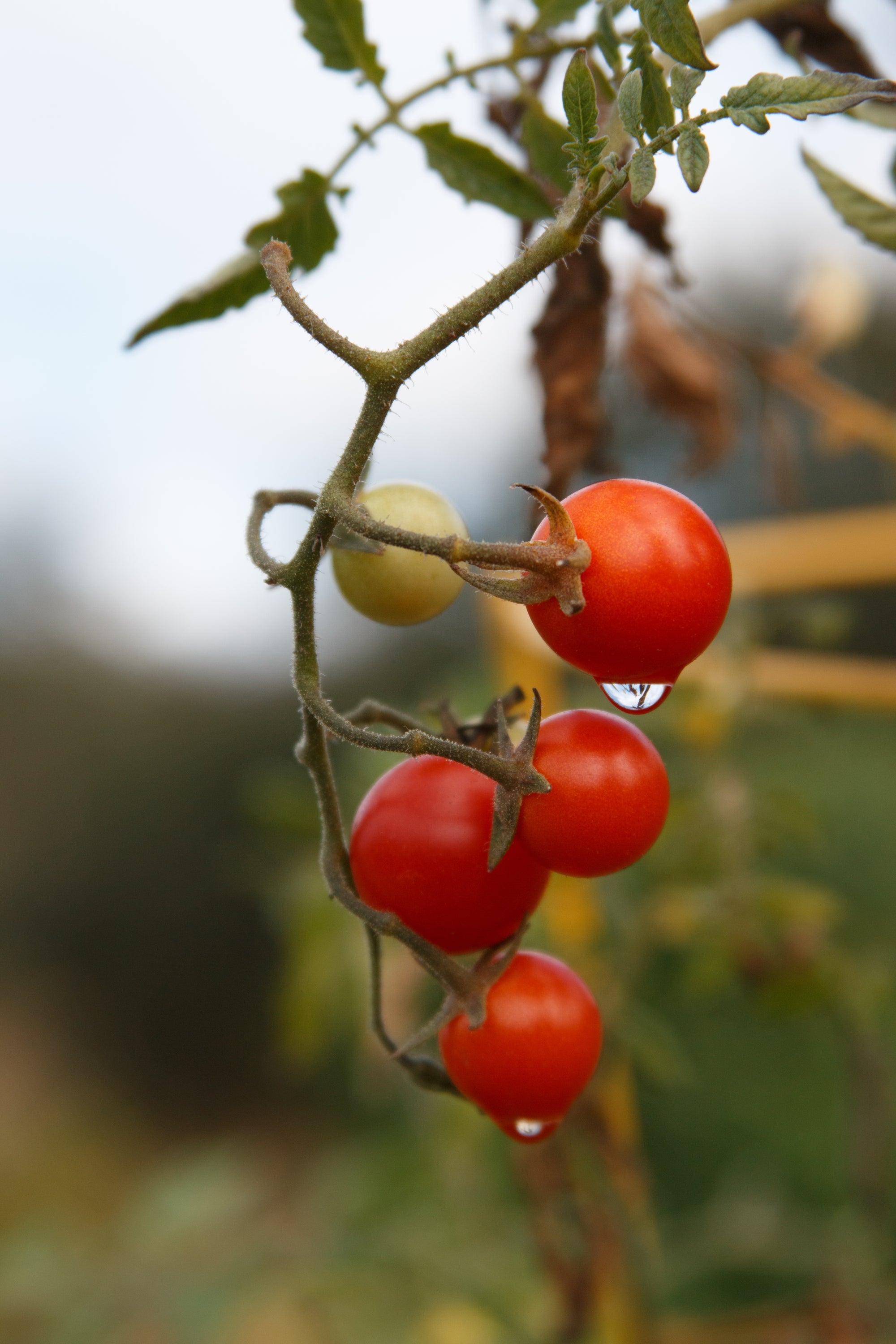
Grow Perfect Tomatoes in NZ
Kia Ora, and welcome! When it comes to growing food, few things beat the taste of a truly homegrown tomato. They are a staple of the New Zealand summer, but getting a bumper crop of big, juicy fruit takes a little bit of know-how. From my years of experience, I’ve learned that tomatoes are a bit like teenagers—they're hungry, and they need the right nutrients at the right time to thrive.
Growing Guide - Steps to Growing Tomatoes Successfully
Tomatoes are known as "gross feeders," which means they need a lot of nourishment throughout their growing season. The success of your plants starts long before you even put them in the ground. The most important first step is to choose a sunny spot in your garden and prepare the soil with plenty of organic matter like compost and sheep pellets. This creates a rich, fertile base that will sustain your plants. It’s also crucial to rotate your crops each year, especially if you’ve grown tomatoes or potatoes in the same spot before, as diseases can remain in the soil.
Preparation - For Garden Beds, Pots, or Containers
A little preparation goes a long way. Tomatoes prefer a slightly acidic soil with a pH of 6.0 to 6.8. I always recommend digging in plenty of compost or well-rotted manure to boost drainage, improve the soil structure, and add nutrients. If your soil is lacking, a good quality tomato-specific mix is a fantastic starting point. For those of you with smaller spaces, tomatoes do very well in containers, provided they have good drainage and enough room for their roots to develop. I’ve found a minimum pot size of 40cm is a good starting point to prevent them from drying out too quickly.
Planting - Into Garden Beds, Pots, or Grow Bags
The traditional time for planting tomatoes in New Zealand is Labour Weekend, which is a great rule of thumb, but you can plant as soon as the risk of frost has passed and the soil has warmed up to at least 15°C.
For planting in the garden:
- Add a layer of high-quality tomato mix to your prepared bed.
- Place stakes in the soil before planting to provide support and avoid damaging the roots later on.
- Gently loosen the root ball of your plant and position it in the hole.
- Tie your plant to the stake and water well.
For planting in pots:
- Partly fill your container with a quality tomato or vegetable mix.
- Position your plant and fill the container, leaving a couple of centimetres at the top.
- Water your plant well and continue to water regularly.
Liquid Fertiliser Nourishment - A Monthly Schedule for the NZ Growing Calendar
As I mentioned, tomatoes are hungry. They need a continuous supply of nutrients, especially Phosphorus, which stimulates flowering and fruit production, and Potassium, which helps with fruit ripening and overall plant health. One of the most common problems I hear about is Blossom End Rot, which causes sunken, rotten spots at the base of the fruit. This isn’t a disease; it's a calcium deficiency caused by inconsistent watering or a lack of calcium in the soil.
My solution is to use a complete liquid feed like LiquidGold™ Dual-Mix Super Feed every few weeks during the key growth periods of spring and summer. Its unique, comprehensive formula includes an aqueous solution of
Nitrates, Phosphate, Sulphates, Potassium, and crucially, Calcium. By applying LiquidGold™ directly to the roots, you ensure your plants get all the macro and microelements they need to prevent common deficiencies and produce abundant, flawless fruit.
How to Use LiquidGold™ Dual-Mix Super Feed:
- Mix PART A and PART B from one sachet into 10L of water.
- Water your tomato plants with this solution every 2-4 weeks. Be sure to apply it directly to the base of the plant, avoiding the foliage, as this can lead to fungal diseases like blight.
FAQ: How to Grow Great Tomatoes
Why are my tomatoes getting Blossom End Rot?
As I explained above, it's a calcium deficiency. While a quality fertiliser helps, the main culprit is often inconsistent watering. Tomatoes need deep, regular watering, especially when they're fruiting. Try to water deeply less often rather than a little bit every day, and make sure to mulch around the base of the plant to help retain moisture.
Why are the leaves on my tomato plants curling or turning yellow?
This can be a sign of pests like aphids, or a nutrient deficiency, particularly nitrogen. A regular feeding schedule with a complete fertiliser like LiquidGold™ helps the plant stay strong enough to resist pests and diseases.
"We've always been more than just a nursery; we're a hub of practical knowledge. We share our hands-on experience and what we know works best, which is why we've trusted LiquidGold™ for over 30 years to help our customers get incredible results." — Graeme Hill
Give your plants the best chance at success. Get LiquidGold™ liquid fertiliser for tomatoes today and taste the difference that a complete feed makes!